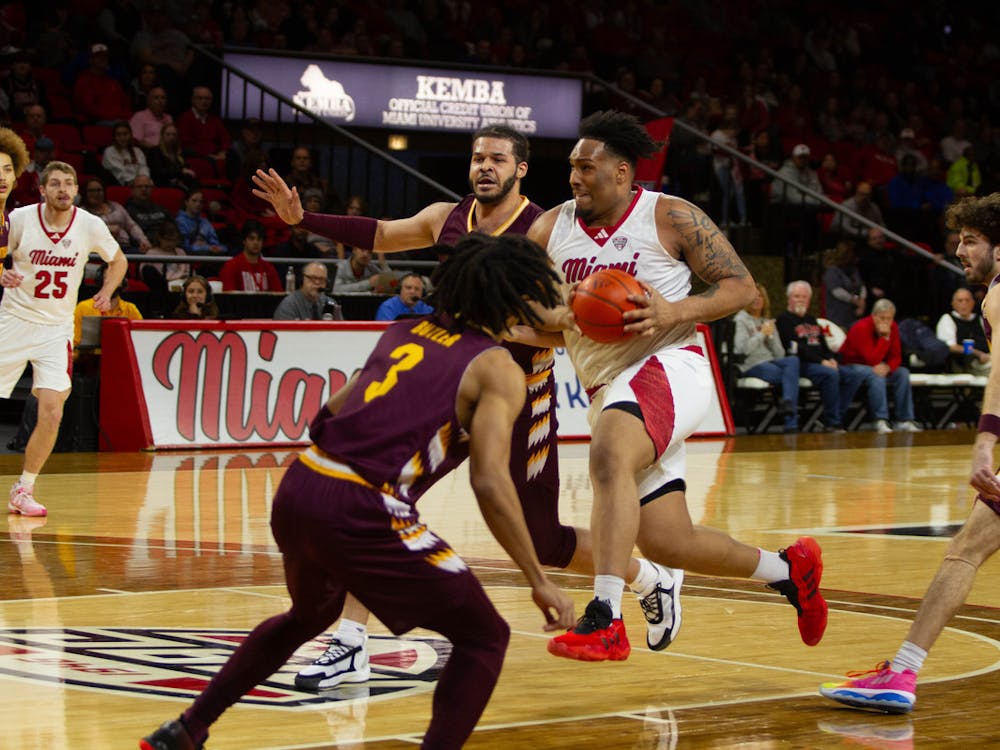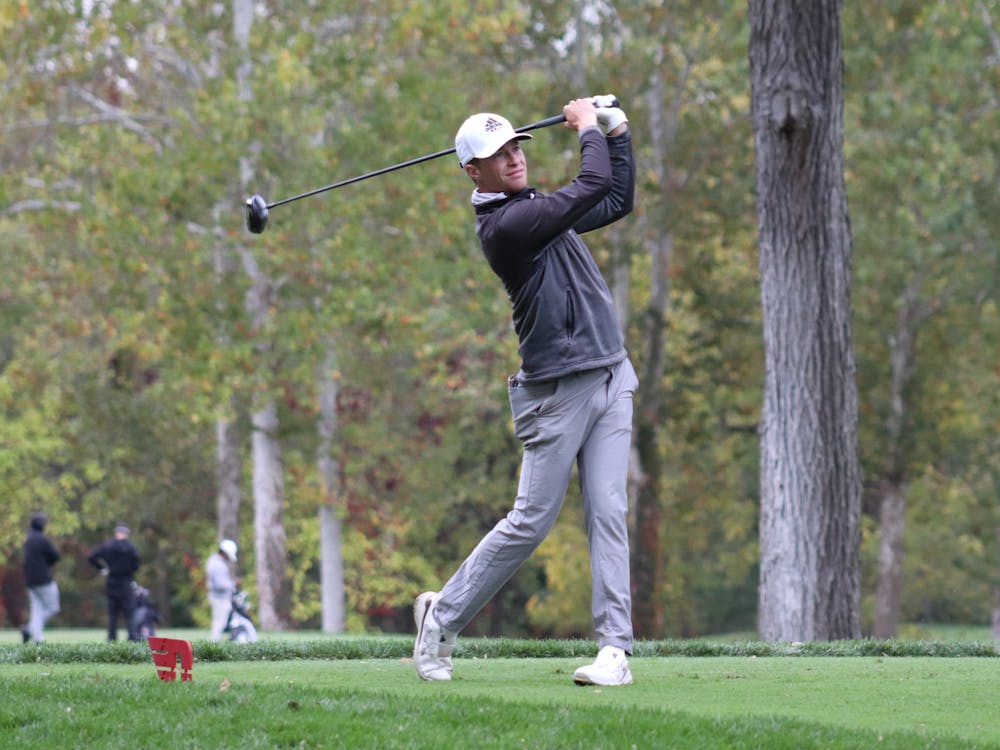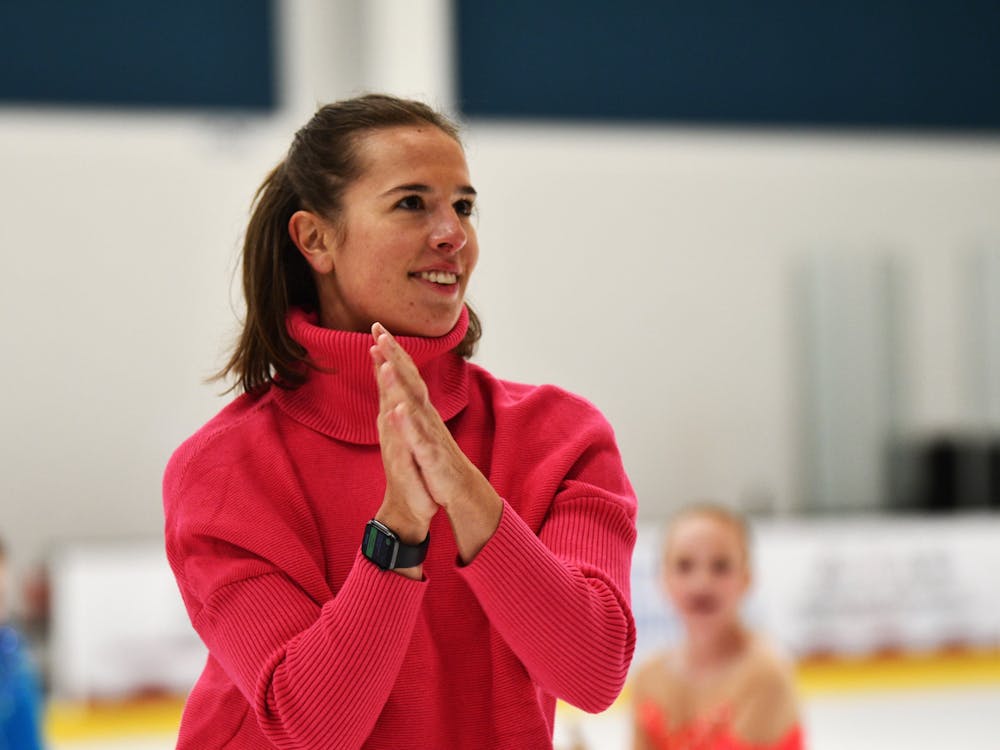This past weekend the 2017 NFL Scouting Combine took place in Indianapolis. Three-hundred and thirty prospects accepted the invite to undergo extensive medical testing and hours of interviews featuring legendarily stupid questions. While sleep deprived, they hoped to impress 31 General Managers. Washington GM Scot McCloughan was conspicuously absent, but I'm not here to talk about that organisation's top-to-bottom dysfunction. I'm here to give you my takes (hopefully kept at room temperature) on the weekend's winners and losers from every position group.
Quarterbacks
Biggest Winner: Deshaun Watson, Clemson
Watson's extensive starting experience was on display as the QBs went through drills on Saturday. He was poised during the throwing session and displayed his athleticism in the 40-yard dash. I would give silver and bronze medals to North Carolina's Mitchell Trubisky and University of Miami's Brad Kaaya. Trubisky matched Watson's runs and jumps with impressive athleticism of his own while Kaaya showed off his mechanical prowess. However, no QB separated from the pack, nor did anyone prove they are worthy of a top-10 selection.
Biggest Loser: Deshone Kizer, Notre Dame
Kizer didn't have a terrible day, and he's still in the conversation to be the first QB off the board, but of the presumed top-3 signal callers, he had the worst day. He is uncomfortable under center and had a few misfires throwing the football.
Running Backs
Biggest Winner: Christian McCaffrey, Stanford
It was hard to pick a winner after a standout performance by several RBs on Friday, but McCaffrey's work as a receiver was ridiculous for a running back. He runs routes like a wide receiver and might have the most natural hands of any player in the draft. Additionally, he outran and out-jumped his two more heralded colleagues, Florida State's Dalvin Cook and Louisiana State's Leonard Fournette, in every event. Fournette himself had a good day by running a 4.51 second 40-yard dash at 240-pounds. Another standout was Tennessee's Alvin Kamara who showed off his ability to explode with the best broad jump and vertical at the position.
Enjoy what you're reading?
Signup for our newsletter
Biggest Loser: Joe Mixon, Oklahoma
The biggest loser of the combine is a man who was not invited. From a football perspective, Mixon is a first round talent and would have been invited were it not for the recently instated NFL policy that bars prospects charged with domestic violence from participating. Mixon lost out because he couldn't interview with teams to convince them he's grown, nor did he get to distract evaluators with on-field talent. Mixon is mostly a big loser and many, many more bad names because he punched a woman in the face, which invites derision at every opportunity.
Wide Receivers
Biggest Winner: Chris Godwin, Penn State
It was tempting to choose John Ross, the NFL's new fastest man, but despite Ross' blazing 4.22 second 40-yard dash, Godwin helped himself the most. Ross merely confirmed what we already knew -- that he is really fast. Godwin, on the other hand, shocked evaluators with his 4.42 time. Most scouts thought that he would run significantly slower. With a frame like his, that speed means he has the traits to be a team's number one WR -- something few people were saying beforehand. Eastern Carolina's Zay Jones also showed impressive athleticism on Saturday and Clemson's Mike Williams showed smooth route running ability.
Biggest Loser: Cooper Kupp, Eastern Washington
The hype train Kupp had been riding since the Senior Bowl finally came to a stop on Saturday. While he put up video game numbers at the FCS level, his 4.62 time in the 40-yard has teams questioning whether he can be anything more than a slot receiver in the NFL. The opposite of Godwin's situation, getting pigeonholed could be costly for Kupp since teams are unwilling to invest a lot of money or draft capital in slot receivers.
Tight Ends
Biggest Winner: O.J. Howard, Alabama
This pick was a bit reactionary, but I feel that Howard's stellar performance has been overlooked. Headed into Indianapolis he was the top tight end but was expected to be outperformed athletically by University of Miami's David Njoku. Instead he ran the same time in the 40-yard dash as Leonard Fournette despite being over 10-pounds heavier. Howard put up the same, or better, numbers that caused the Detroit Lions' Eric Ebron to be drafted 10th overall a few years ago, and Howard is infinitely better as a blocker. Based on general chatter and a few post-combine mock drafts, Howard's status as an elite tight end prospect is being taken for granted.
Biggest Loser: Current NFL Tight Ends
The main reason Howard's freakish performance is being somewhat normalized is that pretty much every tight end blew up the combine. There were really no let downs which is why veteran tight ends should be scared for their jobs. Ole Miss' Evan Engram ran the third fastest time ever for a TE at 4.42. Virginia Tech's Bucky Hodges had the farthest broad jump ever for a tight end. The aforementioned Njoku would have set the record had it not been for Hodges. The bunch is a perfect encapsulation of the modern tight end -- large, lengthy, matchup nightmares.
Offensive Line
Biggest Winner: Taylor Moton, WMU
The only one of a trio of draftable prospects from Western Michigan to participate in the combine, Moton made himself some money on Friday. Scouts thought he may have to play guard in the pros, but he tested well and showed off impressive movement skills in drills. Now a bonafide tackle prospect, Moton shouldn't make it out of the second round. Surprisingly, most of the much maligned offensive line group had a good day. I believe this is actually one of the better groups of interior lineman in recent years, and it's led by Forrest Lamp. A tackle in college, he moved like one in Indy and will have no problem keeping up with the modern interior pass rusher. Top tackle prospects Garett Bolles and Cam Robinson also checked the 'athleticism' box with Robinson reportedly excelling in interviews as well.
Biggest Loser: Damien Mama, USC
Mama's draft stock may not have been affected by his combine performance, but his pride certainly was. After posting a glacial 5.84 second 40-yard dash, NFL Network's Rich Eisen was elated. Every year, Eisen teams up with NFL Network and other sponsors to put on Run Rich Run -- a charity event to support St. Jude Children's Hospital. Last year Eisen, a middle aged man without a sports background who runs his 40 in a suit, clocked in at 5.94 seconds. While Mama didn't suffer the embarrassment of losing to Eisen, I doubt being Eisen's 'pace car' won him any bragging rights.
Defensive Line
Biggest Winner: Jordan Willis, Kansas State
The star of the show on Sunday in this group was Texas A&M's Myles Garrett. Garrett posted otherworldly numbers in every test and left evaluators speechless. One defensive coordinator, unable to think of a current or former player that matches up, said his closest comparison was Wolverine. However, the herculean effort moved Garrett from the presumptive number one pick... to the presumptive number one pick. Willis, meanwhile, unexpectedly tested at the top of the class. A productive player in college, Willis' measurables should mean he's a second round pick.
Biggest Loser: Jonathan Allen, Alabama
Allen's combine illustrates why the most important part of the event is off the field. His medical check turned up arthritic shoulders that has some teams nervous about investing a top 5 pick. Allen says it won't be a problem until his playing days are over. Either way, the misinformation campaign starts when the combine ends, so we won't know whether teams believe Allen or not until draft day.
Linebackers
Biggest Winner: Haason Reddick, Temple
This was a close call between Reddick and Ohio State's Raekwon McMillan. McMillan addressed concerns about being able to cover in space by running the third fastest time of all linebackers. Teams are willing to draft three down linebackers several rounds earlier than run defense specialists, so McMillan's Sunday showing was a big win. However, Reddick's rapid ascent in the last few months was dependent on his athleticism and versatility. If he didn't meet these expectations, his first round status would have popped like a balloon. Somehow, Reddick managed to exceed expectations by breaking the positional record in the broad jump at 11' 1." He played safety in high school, defensive end in college and will play linebacker in the pros. His versatility and athleticism are now unquestioned and he should be a day one pick.
Biggest Loser: Reuben Foster, Alabama
Foster inexplicably got into a heated argument with one of the hospital workers in Indy. He was reportedly upset over having to wait in line like everyone else, and his actions got him kicked out. It was a bonehead move that has teams questioning his character. Foster may still be a top-10 pick though, because the team many expected to pick him, the Cincinnati Bengals, hasn't shied away from linebackers with character concerns in the past.
Defensive Backs
Biggest Winner 1a: Obi Melifonwu, UConn
Melifonwu, like Reddick, has been a riser throughout the pre-draft process because of his versatility and athleticism. The second freak athlete out of UConn in three years, Melifonwu's absurd 11' 9" broad jump was the second best ever -- only beaten by his former teammate's world record at the 2015 NFL Scouting Combine. At 6' 4" Melifonwu's 4.40 second 40-yard dash and 44" vertical jump mean his closest comparison is Calvin Johnson. Teams may not know what position he'll play, but they do know he's the only DB in the league who's as tall and fast as Julio Jones.
Biggest Winner 1b: Pac-12 Defensive Backs
A historically good class of defensive backs could not be confined to just one winner. At least 15 of the top-50 players in the draft are cover guys. On Monday, maybe one or two of the top-25 guys had a below average day. Some of the best performances came out of Bill Walton's beloved Conference of Champions. Washington's Sidney Jones, Kevin King, and Budda Baker were fantastic. Colorado's Chidobe Awuzie, Ahkello Witherspoon, and Tedric Thompson raised their draft stock by at least a round a piece. Hollywood stars in USC's Adoree' Jackson and UCLA's Fabian Moreau ran fast and showed fluid hips. Utah's under-the-radar Marcus Williams reminded teams he belongs in the first tier of safeties. These nine guys may be the reason the Pac-12 only had two QBs invited to the combine with neither of them expected to go before day three of the draft.
Biggest Loser: Teez Tabor, Florida
Tabor is mostly a loser by default. His 4.62 second 40-yard dash is definitely a bit worrying, and his lackluster jumps do raise questions about his explosiveness, but he was too productive at Florida for teams to change their minds on a few tests without pads on. The main blow to his draft stock was from his peers. Outside the aforementioned Pac-12 group, OSU's Marshon Lattimore looked like a top 5 pick and his teammate, Gareon Conley, also cemented first round status. National title game participants Marlon Humphrey and Cordrea Tankersley each joined an exclusive club of DBs who are 6'0" tall and run under 4.45 seconds in the 40-yard dash - putting each of them squarely in the first round. With the class being top heavy and deep, teams may decide to wait at the position.
On the field, there were far more good days than bad in Indianapolis. Talent abounds in the 2017 draft class and many, including myself, think it will be the best group since at least 2011. As such, the real winners are we the fans who get to kick back and watch these guys every Sunday for years to come.



